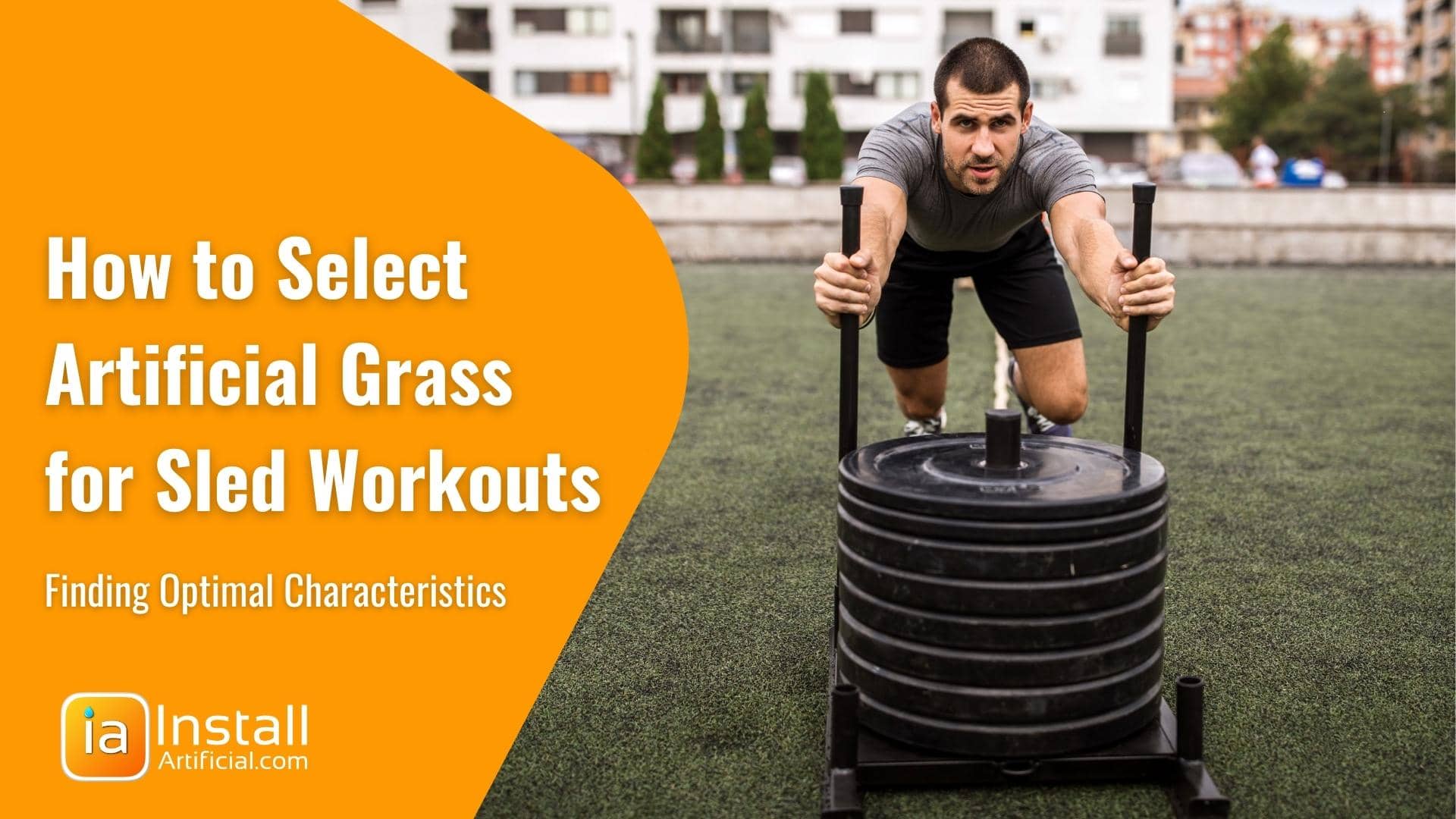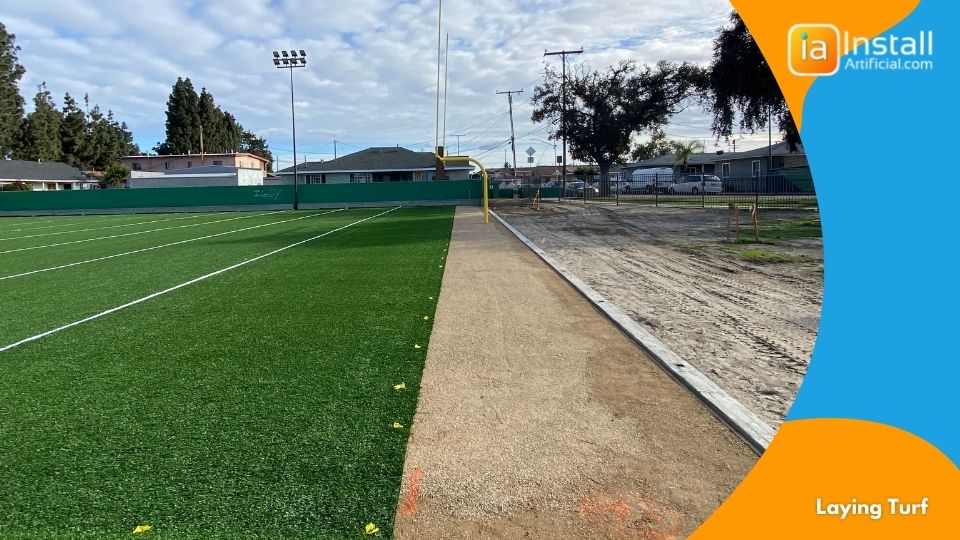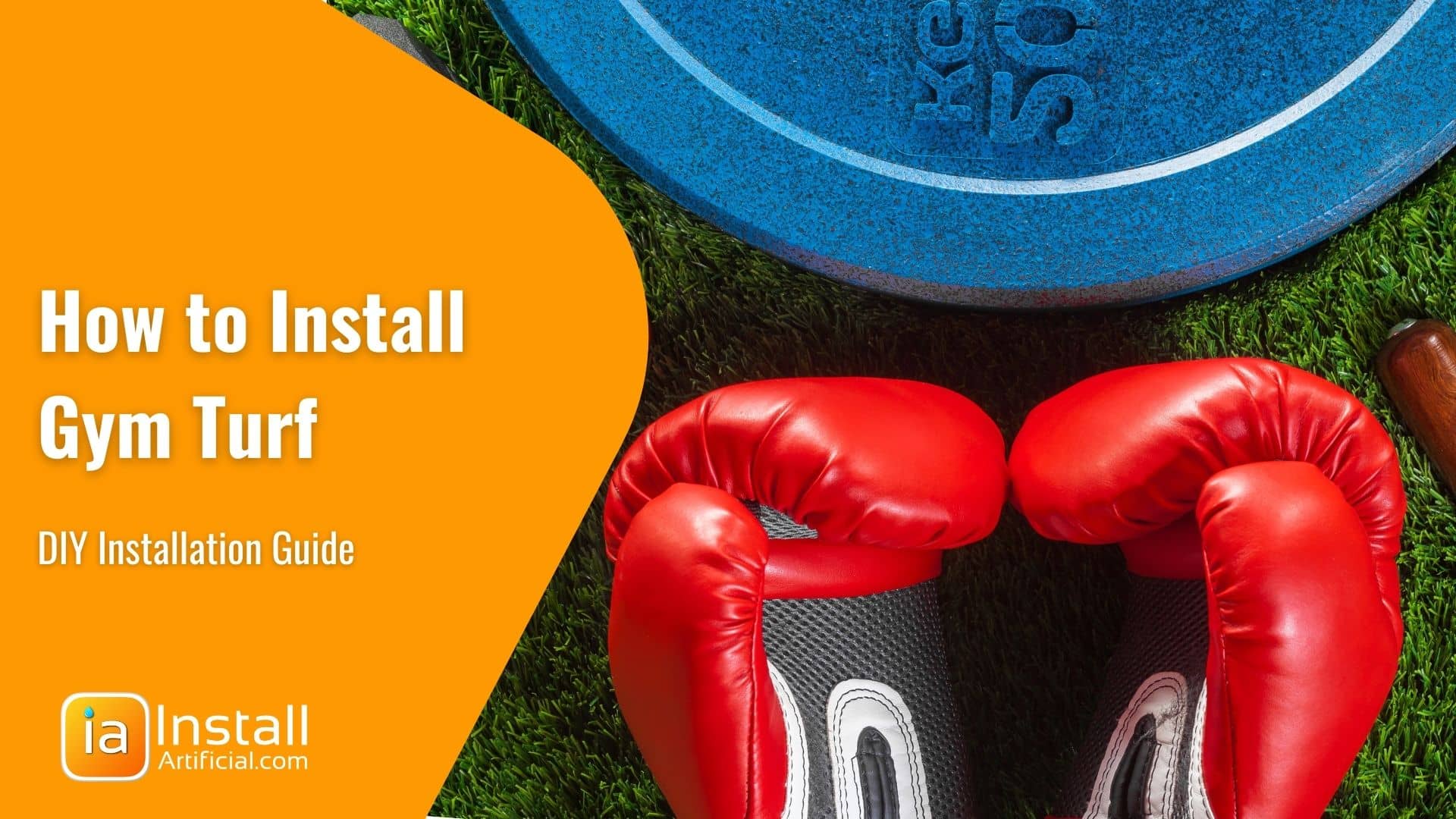
Artificial sports turf is perfect for high-impact workouts. However, not all sports turf will work for every activity. When shopping for artificial grass for sled...
Sports Turf is more complex to build than one might think, and with new technologies has become more advance in recent years. The sub-layer is just as important as the surface. Many universities offer sports turf science programs due to the importance of proper design and maintenance. The following is a basic synopsis of how synthetic sports fields are built.

The first step is to assess the area the field is being installed, and determine what the space will be used for. It's important to know exactly what type of recreation will be done in the area to map out specifications during this step. Building a putting green or a bocce ball court will be much different than a football or soccer field. Also, depending on location, different drainage systems may be necessary. We don't recommend opting for a basic drainage system in a climate that gets heavy rain or snowfall. The installation will be different depending on the area's intended use.
The soil will need to be surveyed to understand how it drains. This will also help determine the best and easiest way to remove the necessary amount of soil. Any pipes or electric wires will also need to be identified and potentially moved to prevent any possible mishaps.
Once the base layer is cleared and prepped, the installers will then apply a layer of road base. Next, we lay different layers such as padding and infill. Once the base is fully prepped, installation can begin.
Often sports turf for high impact activity will require a shock pad to provide additional shock absorption and dimensional stability to the overall installation. Because sports turf experiences more wear and tear than regular artificial grass, an additional layer of padding can also help preserve the integrity of the installation for longer.
When installing the roll of artificial turf, it’s vital for the installers to take their time and be cautious. The best method is to expose the turf to the sun for around 30 minutes. This allows the turf to unroll and expand, making it easier to work with. Make sure the turf is not dragged across the base during installation, this can ruin the base you just prepped as well as damage the grass materials. There are all types of sports turf materials, and different options are best for different intended uses, so make sure you do your research before selecting the fake grass!

Next, the installers will cut the grass to fit the field dimensions. It's important to measure multiple times before beginning to cut to ensure that the turf is a perfect fit. They will then secure the perimeter of the turf with non-galvanized nails. We use non-galvanized nails during turf installations because they rust over time. While this sounds like a negative, it's actually beneficial to your installation. When rust begins to form, it provides more security for the surface. Galvanized nails won't rust and often pop up from the ground, causing the turf to begin to lift.
The installers will add infill to the top of the new sports turf and then brush the entire field to not only evenly spread the infill but also make sure the grass’s blades are standing straight up. Taking the time to make sure the blades are standing up will improve the look and performance of the turf.
With sports turf, the maintenance required will be much less strenuous in comparison to natural grass. You'll have a clean safe place for athletes to play.
There you go! A basic rundown of a sports field installation. If this is something you are looking into, we're the best in the area. Contact us today!

Artificial sports turf is perfect for high-impact workouts. However, not all sports turf will work for every activity. When shopping for artificial grass for sled...

Understand the difference between gym turf and sports turf to purchase the right turf for your indoor fitness facility. Reference this DIY guide when installing gym turf...